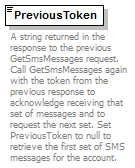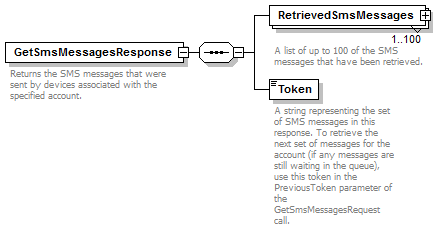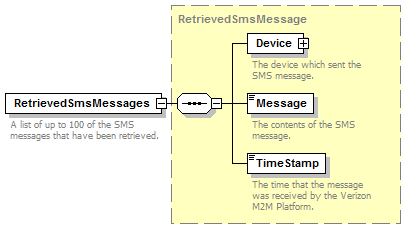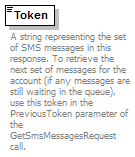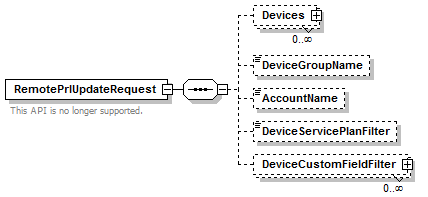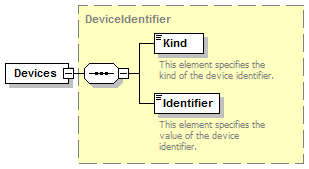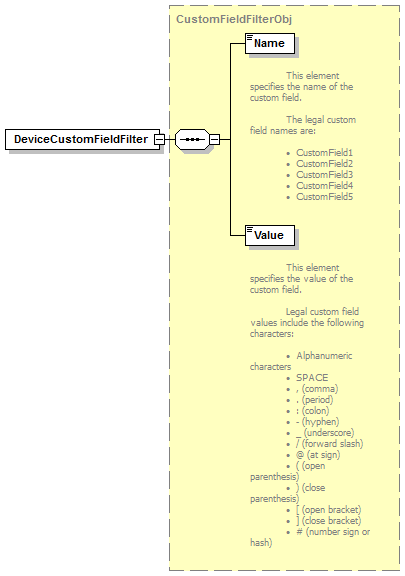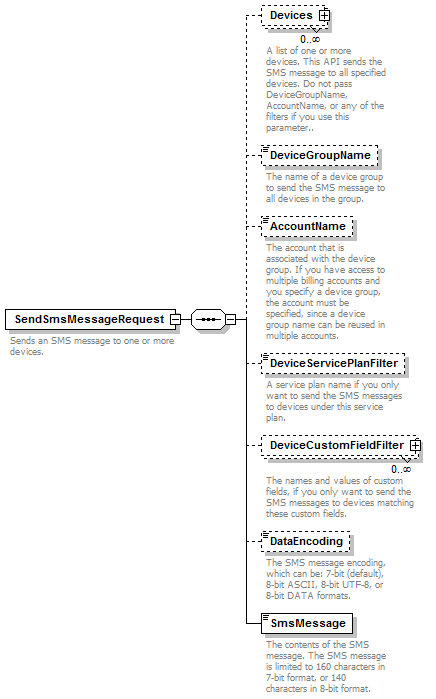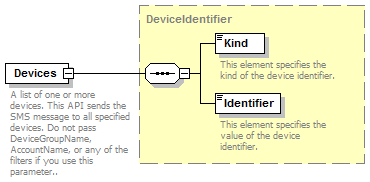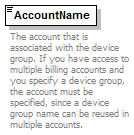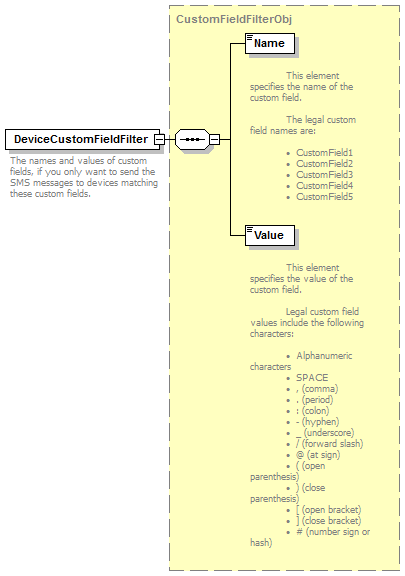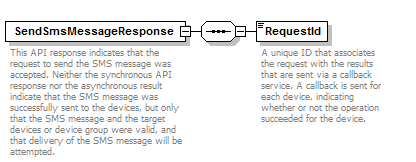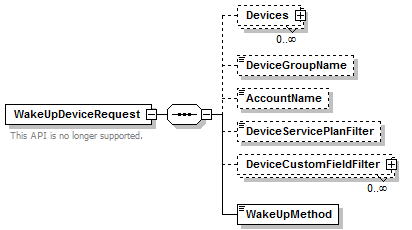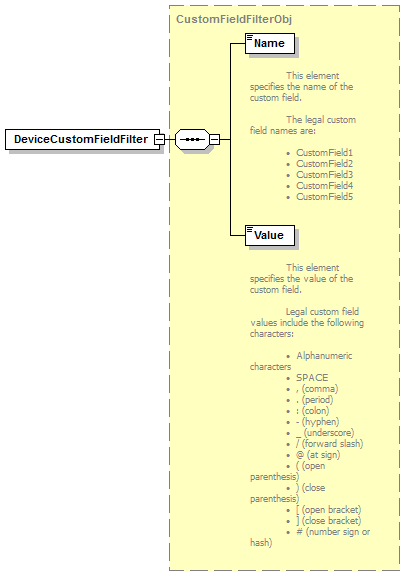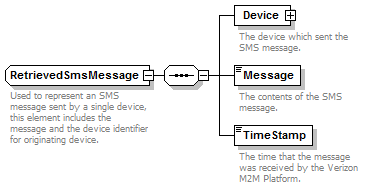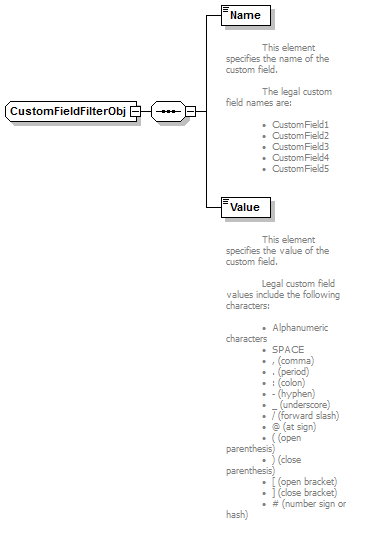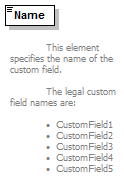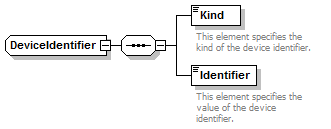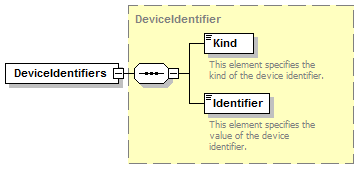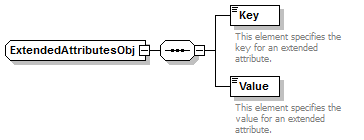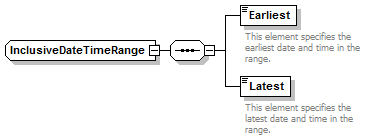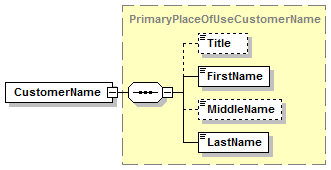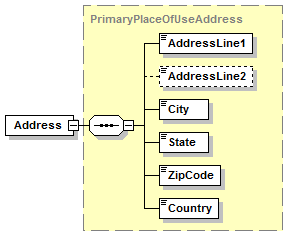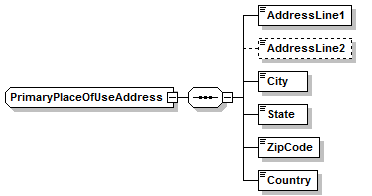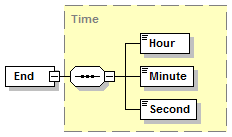| source |
<xs:element name="SendSmsMessageRequest">
<xs:annotation>
<xs:documentation>Sends an SMS message to one or more devices.</xs:documentation>
</xs:annotation>
<xs:complexType>
<xs:sequence>
<xs:element name="Devices" type="DeviceIdentifier" nillable="true" minOccurs="0" maxOccurs="unbounded">
<xs:annotation>
<xs:documentation>A list of one or more devices. This API sends the SMS message to all specified devices. Do not pass DeviceGroupName, AccountName, or any of the filters if you use this parameter..</xs:documentation>
</xs:annotation>
</xs:element>
<xs:element name="DeviceGroupName" type="xs:string" nillable="true" minOccurs="0">
<xs:annotation>
<xs:documentation>The name of a device group to send the SMS message to all devices in the group.</xs:documentation>
</xs:annotation>
</xs:element>
<xs:element name="AccountName" type="xs:string" nillable="true" minOccurs="0">
<xs:annotation>
<xs:documentation>The account that is associated with the device group. If you have access to multiple billing accounts and you specify a device group, the account must be specified, since a device group name can be reused in multiple accounts.</xs:documentation>
</xs:annotation>
</xs:element>
<xs:element name="DeviceServicePlanFilter" type="xs:string" minOccurs="0">
<xs:annotation>
<xs:documentation>A service plan name if you only want to send the SMS messages to devices under this service plan.</xs:documentation>
</xs:annotation>
</xs:element>
<xs:element name="DeviceCustomFieldFilter" type="CustomFieldFilterObj" nillable="true" minOccurs="0" maxOccurs="unbounded">
<xs:annotation>
<xs:documentation>The names and values of custom fields, if you only want to send the SMS messages to devices matching these custom fields.</xs:documentation>
</xs:annotation>
</xs:element>
<xs:element name="DataEncoding" minOccurs="0">
<xs:annotation>
<xs:documentation>The SMS message encoding, which can be: 7-bit (default), 8-bit ASCII, 8-bit UTF-8, or 8-bit DATA formats.</xs:documentation>
</xs:annotation>
<xs:simpleType>
<xs:restriction base="xs:string">
<xs:enumeration value="7-bit"/>
<xs:enumeration value="8-bit-ASCII"/>
<xs:enumeration value="8-bit-UTF-8"/>
<xs:enumeration value="8-bit-DATA"/>
</xs:restriction>
</xs:simpleType>
</xs:element>
<xs:element name="SmsMessage" type="xs:string">
<xs:annotation>
<xs:documentation>The contents of the SMS message. The SMS message is limited to 160 characters in 7-bit format, or 140 characters in 8-bit format.</xs:documentation>
</xs:annotation>
</xs:element>
</xs:sequence>
</xs:complexType>
</xs:element> |


